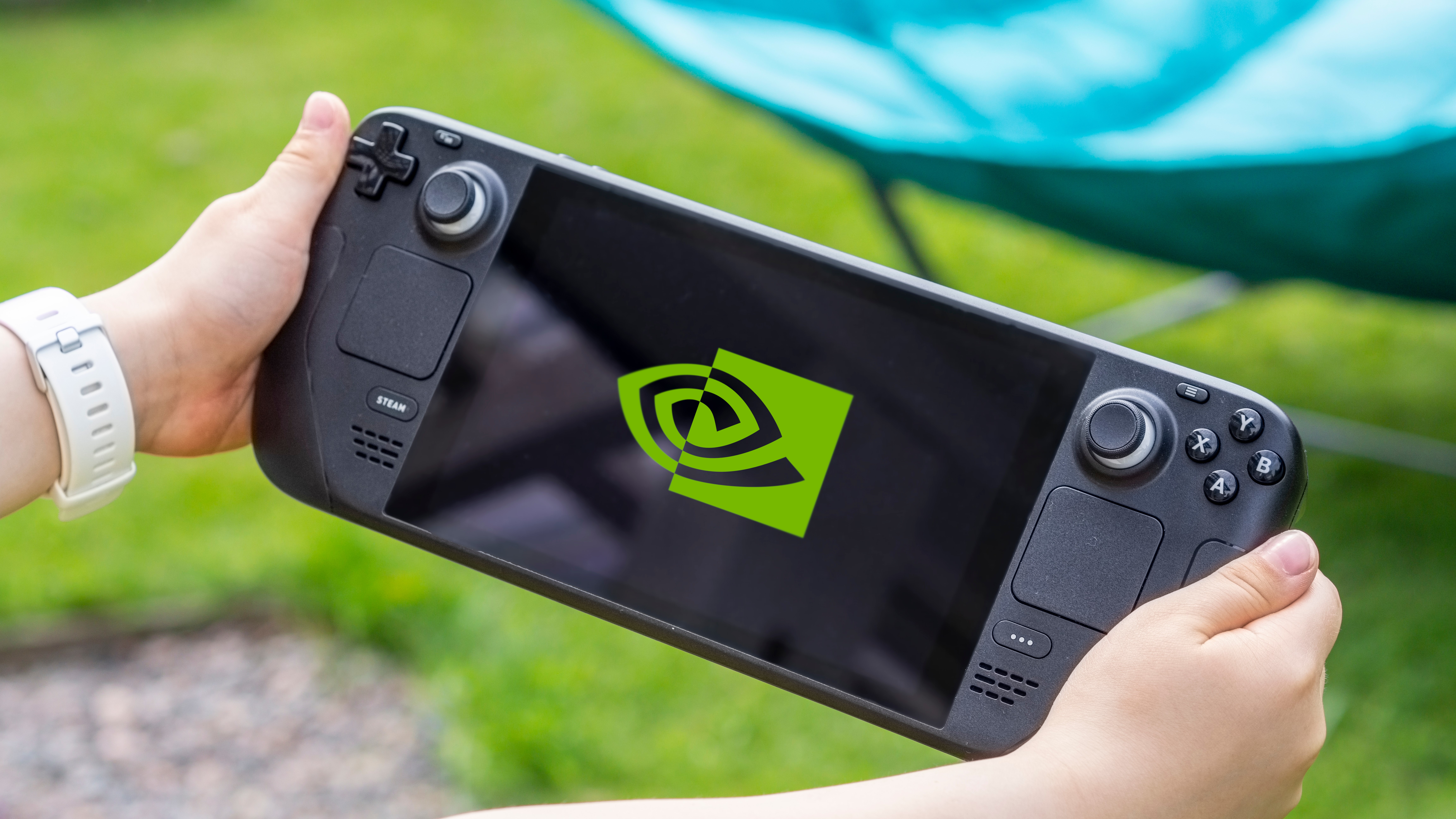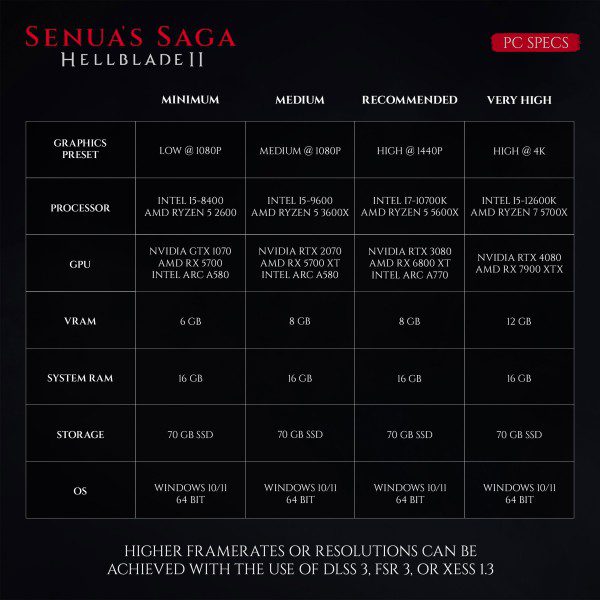Nvidia may be working on a Steam Deck rival laptop – I just hope it’s not another Nvidia Shield
The success of Valve’s Steam Deck sparked a wave of like-minded PC gaming portable devices, including the Lenovo Legion Go and Asus ROG Ally. And it looks like Nvidia wants a piece of the proverbial pie, if this latest rumor is to be believed. Nvidia is reportedly working on its own PC gaming handheld, according […]

The success of Valve’s Steam Deck sparked a wave of like-minded PC gaming portable devices, including the Lenovo Legion Go and Asus ROG Ally. And it looks like Nvidia wants a piece of the proverbial pie, if this latest rumor is to be believed.
Nvidia is reportedly working on its own PC gaming handheld, according to YouTuber Moore’s Law is Dead, with the claim that “Nvidia is serious about making more handheld gaming devices containing their graphics IP (intellectual property).” Not only does this make sense in general, as this is a growing market that Nvidia would want to invest in early, but there is another important reason for the tech giant’s alleged investment.
Each of these gaming handhelds have one thing in common, which is that they use AMD APUs to power them, only Intel alternatives will be available later in 2024. This means that there is a huge deficit on the market for handheld computers with Nvidia-based components; a deficit that Nvidia can take advantage of if it develops its own Steam Deck competitor.
Moore’s Law is Dead claims that although Nintendo will use Nvidia silicon to power its Nintendo Switch 2, Nvidia is looking to expand beyond the console market with a PC-oriented portable system. The YouTuber also claimed: “I heard that [Nvidia] could even partner with Intel to create a high-end gaming handheld. While this gets around the x86 roadblock, it would also require a proper heatsink since the CPU and GPU would be separated.
This is not Nvidia’s first rodeo
Seeing Nvidia’s interest in creating its own PC gaming handheld is pretty exciting, as having more competition in this growing market is always a net positive. However, this isn’t exactly Nvidia’s first foray into the gaming handheld market either.
The Nvidia Shield was both a portable gaming device and a streaming device. Or at least it was the first when it launched. But over time it failed to land in the handheld gaming market due to strong competition from Nintendo’s own systems, and on top of that not really capturing the PC gaming market.
Eventually, it evolved into a 4K HDR streaming device that, while powerful in its own right with great upscaling tools and more, is also several times more expensive than competitors like the Amazon Fire TV Stick 4K or the Roku Streaming Stick+. And for the average user, price tends to be far more important than features.
This time around, Nvidia hopefully has a much better understanding of the market it’s entering and could better use its technology to create a much more attractive, long-term device capable of competing with the Steam Deck.














